How Duress and Necessity Work in Court
When we represent clients claiming duress or necessity, we know these defenses face special challenges in court. Unlike defenses that deny guilt, these affirmative defenses need strong evidence and careful legal arguments to succeed.
Affirmative Defense Requirements
As affirmative defenses, both duress and necessity require the defendant to admit they did the criminal act but argue it should be excused because of the circumstances. This shifts some burden to the defense team - we must present sufficient evidence to support each part of the defense.
While the prosecution still must prove guilt beyond a reasonable doubt, the defense needs to establish duress or necessity by a "preponderance of evidence" (more likely than not) in most jurisdictions. This means gathering witness statements, documentation, and other evidence that shows you acted under pressure or to prevent greater harm.
Potential Challenges in Proving These Defenses
Several common problems can make these defenses hard to prove in a criminal case:
Lack of evidence often creates the biggest challenge. If nobody saw the threats you received or the emergency you faced, the case may come down to your word against the prosecution's claims. We work to find supporting evidence that backs up your story and creates reasonable doubt.
A defendant's past criminal history can also weaken credibility with the jury. The prosecution may argue that your criminal conduct shows a pattern rather than a one-time response to an extraordinary situation. Our defense lawyers help frame your actions in the right context to counter such claims.
Duress Necessity: Common Misconceptions
Many defendants have wrong ideas about these defenses, which can lead to false hopes. Understanding what duress and necessity can and cannot do helps us build the strongest possible case for you.
Myths About These Defenses Debunked
Myth: Any threat excuses a crime.
Reality: The law sets strict rules for what counts as duress. The threat must involve death or serious bodily harm - threats to property or minor injury usually don't qualify. Also, duress requires that the threat scare a reasonable person, not just someone who gets scared easily.
Myth: Necessity can justify any crime if the intent was good.
Reality: Courts carefully weigh the harm prevented against the harm caused. Breaking minor laws to save lives might be justified, but causing serious injury to prevent a lesser evil would not. The law expects people to choose the option that causes the least harm overall, even if that means some suffering.
Myth: These defenses always work if you are scared.
Reality: Fear alone isn't enough. You need to show that your fear was reasonable and that you had no other options. The defendant's actions must be what any reasonable person would do in that situation.
Defense of Duress: When It Succeeds and When It Fails
Understanding when the defense of duress works or fails can help you know the strength of your case. The results often depend on specific details and how well your defense team presents them.
A successful duress defense typically needs clear evidence of an immediate, unavoidable threat. For example, if you can prove someone threatened you with serious bodily injury, witnesses saw it happen, and you had no safe way to escape before committing the crime, courts may accept your defense. The fear must be reasonable - would a normal person in your situation feel similarly threatened?
Duress defenses often fail when the defendant has a chance to escape or report the threat. If you had time to contact police officers between the threat and the crime, or if you could have run to safety instead of breaking the law, courts may reject the defense. The court will check whether you truly acted against your free will or had reasonable alternatives you didn't take.
Defense of Necessity: Balancing Harms
The defense of necessity rests on the idea that sometimes breaking the law serves the greater good when it prevents more serious harm. This balance between two evils determines whether your actions were truly the "lesser evil" in a tough situation.
The "Lesser of Two Evils" Principle
Necessity involves weighing competing harms and choosing the lesser evil. The law knows that strict rule-following sometimes causes worse outcomes than breaking the rules in extraordinary circumstances. Courts examine whether the defendant acted reasonably to prevent greater harm than the criminal conduct caused.
In a criminal case involving necessity, we must show that you reasonably believed your actions would prevent the greater harm and that they actually did prevent it. The jury will consider whether a reasonable person would have made the same choice when faced with two evils and limited options.
When Necessity Overrides the Law
Some situations clearly justify breaking the law, and courts accept necessary defenses. Medical emergencies often qualify - speeding to reach a hospital during a life-threatening situation may be excused if the evidence shows it was truly necessary to prevent death or serious injury.
Courts have recognized necessity in cases where the defendant committed a criminal act to prevent harm that was both imminent and significantly greater than the harm caused. In these cases, we work to show that your actions served the public good despite technically breaking the law.
Contact Our Criminal Defense Lawyer for a Free Case Consultation
 If you believe you acted under duress or necessity, contact Summit Defense right away. These defenses need careful legal strategy and strong evidence to succeed in court. Our experienced criminal defense lawyers can check if these defenses apply to your case and help build the strongest possible defense.
If you believe you acted under duress or necessity, contact Summit Defense right away. These defenses need careful legal strategy and strong evidence to succeed in court. Our experienced criminal defense lawyers can check if these defenses apply to your case and help build the strongest possible defense.
Early legal help often makes a big difference in criminal cases involving duress or necessity. The sooner we start gathering evidence and preparing our defense, the better our chances of a good outcome. Our team will fight to make sure the court understands the tough circumstances that led to your actions.
Call us today for free, private case consultation, or visit our website to schedule a meeting with one of our skilled attorneys. When you face criminal charges because of actions taken under duress or necessity, don't face the legal system alone - let us help protect your rights and freedom.
 What is the difference between duress and necessity in criminal law? These two legal defenses help people who broke the law because they felt they had no other choice. At Summit Defense Criminal Attorneys, we know that understanding duress and necessity could save your case. As Northern California's largest criminal defense law firm, we fight for you when outside factors push you to commit a criminal act.
What is the difference between duress and necessity in criminal law? These two legal defenses help people who broke the law because they felt they had no other choice. At Summit Defense Criminal Attorneys, we know that understanding duress and necessity could save your case. As Northern California's largest criminal defense law firm, we fight for you when outside factors push you to commit a criminal act.

 Knowing how duress and necessity differ can help
Knowing how duress and necessity differ can help  Duress defense helps when someone forces you to commit a crime by threatening death or serious bodily harm. Unlike necessity, which weighs two harms, duress involves cases where a person loses their free will because of threats.
Duress defense helps when someone forces you to commit a crime by threatening death or serious bodily harm. Unlike necessity, which weighs two harms, duress involves cases where a person loses their free will because of threats. The idea of imminent threat is crucial for any successful duress defense. Courts strictly check this point because it separates cases where someone truly had no choice from those where they had time to get help.
The idea of imminent threat is crucial for any successful duress defense. Courts strictly check this point because it separates cases where someone truly had no choice from those where they had time to get help. If you believe you acted under duress or necessity,
If you believe you acted under duress or necessity,